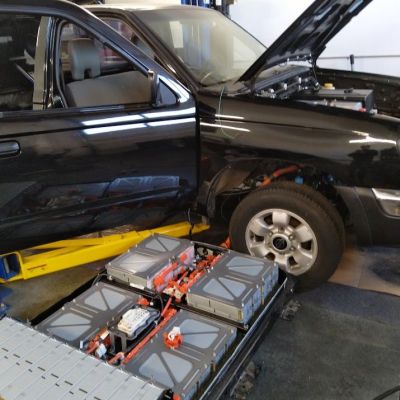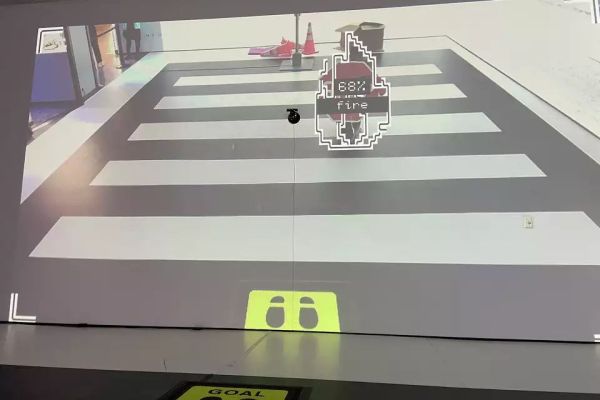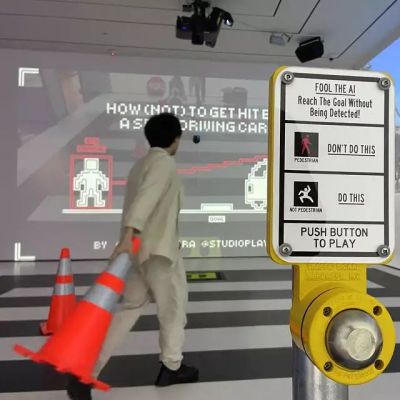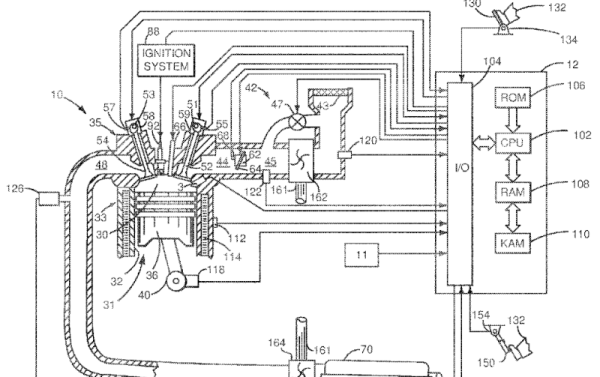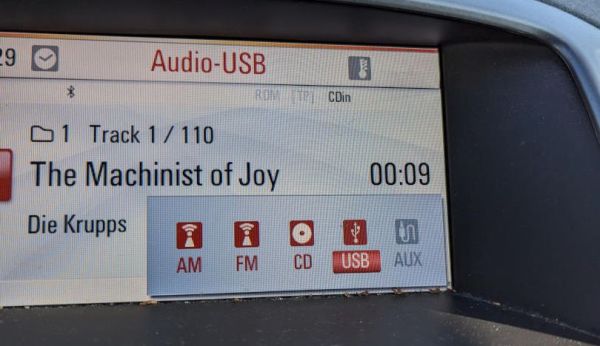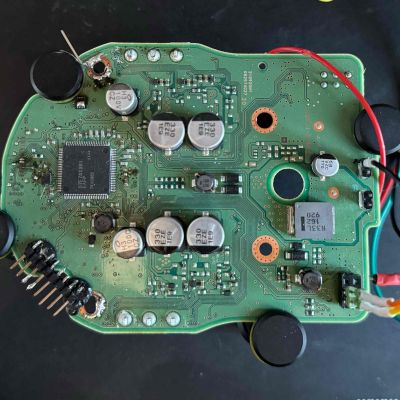Air ride suspensions have several advantages over typical arrangements, but retrofitting a system to a vehicle that didn’t come with it can get pricey fast, especially if you want to go beyond the basics. The Open Source Air Suspension Management Controller aims to give people a fully customizable system without the expense or limitations of commercial units.
The project started as an upgrade to a basic commercial system, so it assumes that you’re bringing your own “bags, tank, compressor, tubing and fittings.” The current board uses an Arduino Nano, but the next revision based on the ESP32 will allow for a wider feature set.
With a Bluetooth connection and Android app, you can control your ride height from a phone or integrated Android head unit. Currently, the app shows the pressure readings from all four corners and has controls for increasing or decreasing the pressure or airing all the way up or down to a given set point.
Want to know how air suspensions work? How about this LEGO model? If you want a suspension with active tuning for your bike, how about this Arduino-powered mod?



